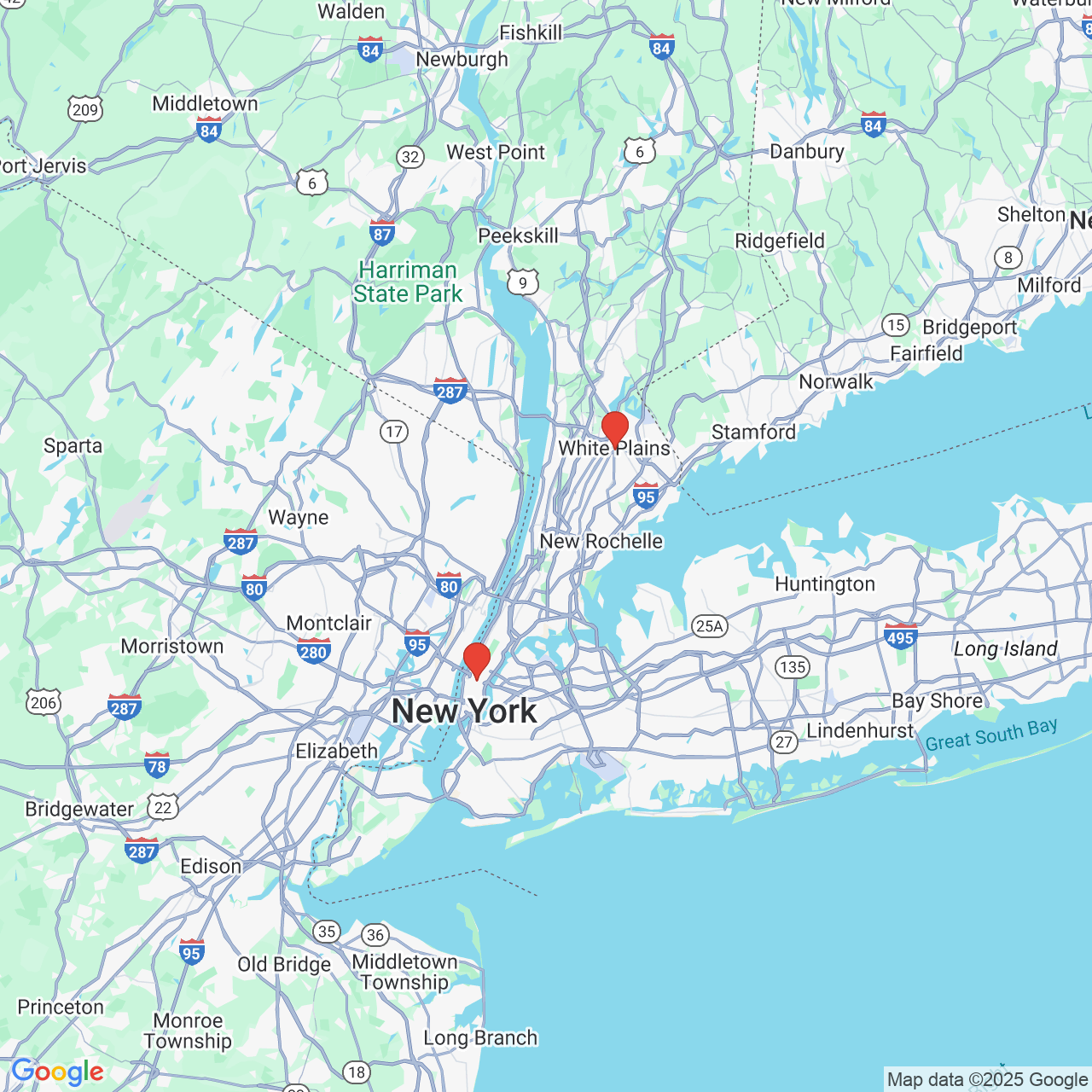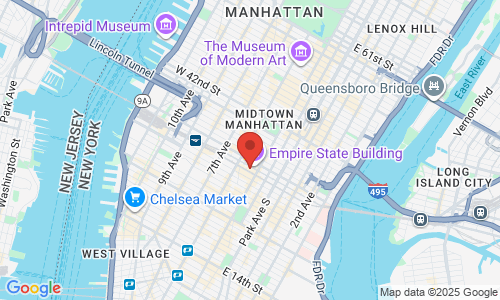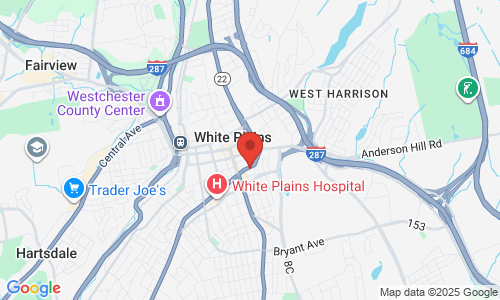‘Watchdogs’ at Defendants’ Physical Examinations
Our New York City and Westchester personal injury lawyers know how unfair and one sided a defedants medical examination is. Many of these examiners are completely dishonest, and at trial our attorneys have caught these defendant's experts lying on many occasions. They claim that examinations were negative, when our clients told the examiner that they had pain on certain movements. These examiners are often an assembly line, where they line up examinations every ten minutes, and write reports saying that no one is injurred. They testify that there is no obejctive evidence of injury, even where the Plaintiff has MRI or even operative reports diagnosing serious injuries. Finally the New York Appellate Courts have taken a step in the right direction, by allowing New York personal injury lawyers to expose these doctors for the frauds that they are.
There was a spate of decisions arising out of the use of nonlegal observers at defense physical examinations, which culminated with a recent decision of first impression on this issue by the Appellate Decision, First Department, in 'Markel v. Pure Power Boot’. Plaintiffs in personal injury actions must submit to physical examinations with respect to their injuries by physicians chosen by the defendants pursuant to CPLR 3121. Although these examinations are often referred to as “IMEs” or independent medical examinations, there is nothing “independent” about them. They are clearly part of the adversarial process.
Recognizing that these medical examinations are an intrinsic part of the legal process, the courts have long held that a plaintiff in a civil action is entitled to have an attorney present during the exam, provided that the attorney does not unduly interfere with the examination. The presence of plaintiff’s attorney at such examination may well be as important as his presence at a deposition or trial . New York's appellate court recogniaed that a physician selected by defendant to examine a personal injury plaintiff is not a disinterested, impartial medical expert, indifferent to the conflicting interests of the parties. The possible adversary status of the examining doctor for the defense is, under ordinary circumstances, a compelling reason to permit plaintiff’s counsel to be present to guarantee, for example, that the doctor does not interrogate the plaintiff on liability questions in order to seek damaging admissions.
However, some courts have also recognized the importance of prohibiting the presence of opposing counsel at the physical examination to avoid intimidation, among other reasons. Although there was a time when some courts held that a plaintiff had to demonstrate “special and unusual circumstances” to warrant the presence of a nonlegal representative, that is no longer the rule and the presence of such observers is far more common. To the extent that the New York Courts in the past have suggested that a representative can be barred from an examination if the plaintiff fails to demonstrate special and unusual circumstances, the recent Appellate decision makes clear that this is not the current state of the law in either the First, Second or Fourth Departments and is inconsistent with the general principle that plaintiffs are entitled to have a representative present at their medical examinations.
The court in Santana specifically held that a plaintiff was entitled to be examined in the presence of his or her attorney or other representative “so long as they do not interfere with the conduct of the examination.” As such, the court denied defendant’s motion for a protective order to exclude a non-attorney from the plaintiff’s examination. Subsequent to Santana, the court reiterated that defendants can no longer argue that plaintiff is required to show “special and unusual circumstances” to be permitted to have a nonlegal representative present at a physical examination conducted on their behalf pursuant to CPLR 3121. Plaintiff’s representative, whether an attorney, paralegal or other person assigned to accompany the plaintiff to the examination should take notes. They should include details as to the time the exam started and stopped, as well as any tests which were conducted. Everything that occurs should be recorded. These notes will be useful for the cross-examination of the physician at trial. Defense counsel recognize that the notes and observations of plaintiff’s representative may result not only in effective cross-examination, but also possible witness testimony to rebut the testimony of defendant’s physician with respect to what occurred at the examination. Conversely, plaintiffs’ attorneys recognize the need to protect these notes and other work product arising from the observations of the examination. This conflict has spawned a number of recent trial court decisions which have scrutinized whether the records created by plaintiff’s nonlegal advocate are discoverable.
Trial Court Decisions
The controverted issues tackled by the motion courts prior to the First Department resolution in Markel were largely the same, but the results were not uniform. Each decision addressed the same conflict. In response to defense counsels’ subpoenas or motions for the production of notes and other records taken by plaintiff’s nonlegal representative at a defendants’ examination, plaintiffs’ counsel contended that the notes were privileged. They moved to quash the subpoena and for a protective order, arguing that the notes were protected from disclosure as attorney-client privilege, attorney work product, or qualified or conditional privilege for materials prepared in anticipation of trial under CPLR 3101(d)(2). Where materials are either privileged or deemed to be attorney work product, protection from disclosure is absolute under CPLR §3101(b) and (c). Under CPLR §3101(d)(2), materials prepared in anticipation of litigation have qualified immunity and are subject to disclosure only upon a showing of substantial need for the disclosure and an inability to obtain it by other means without undue hardship. To qualify as attorney work product, a document must reflect the unique legal skills and judgment of an attorney, acting as such. It may include the attorney’s impressions or observations conveyed to experts retained as consultants to assist in preparing plaintiff’s case.
First Department Addresses Conflicting Results
These conflicting results among the trial courts were finally addressed by the First Department in Markel, where plaintiff appeared for a physical examination by defendant’s designated orthopedist accompanied by a nonparty observer retained to assist her. Subsequently, defendants subpoenaed the notes, memoranda photographs and other documents in the representative’s file. In Markel, the court reiterated that the plaintiff could have a broad array of persons present at the exam. They could include the plaintiff’s attorney, a law clerk from counsel’s office, a paralegal or even a “watchdog” observer retained for that purpose, without a showing of special and unusual circumstances. The court referred throughout the decision to this nonparty representative as an “IME observer.” The Appellate Division held that the materials generated by the IME observer were protected by the qualified privilege applicable to materials prepared for litigation. As such, it held that the subpoena should have been quashed and the protective order granted. In so doing, the court addressed the issues that had been raised in the conflicting trial court decisions as to whether the data generated by these nonparty observers were privileged so as not to be discoverable. The court determined that such observers were entitled to be present and reiterated plaintiff’s argument as to their important role, stating:
IME observers or “watchdogs” are typically hired by plaintiffs’ lawyers to assist their clients in filling out forms at the examining doctor’s office. More importantly, according to plaintiff, the presence of an IME observer deters examining doctors hired by defendants from inquiring about matters beyond the scope of the particular action and keeps the IME process honest.
The court stated that determining the issue of disclosure of the observer’s notes was one of first impression. Given the broad scope of discovery under CPLR3101(a), the court recognized that the notes might generally be considered material and necessary under CPLR 3101(a). The dispute was whether disclosure was otherwise protected by any privilege for which the burden of proof was on plaintiff. While Markel does afford protection to firms that outsource attendance at an IME to a watchdog, the greatest “ammunition” for cross-examination will result when plaintiff’s attorney personally observes the defendant’s physical examination.
Our Manhattan and White Plains personal injury lawyers applaud the recent decisions which alllow Plaintiff's attorney to have a IME watchdog representative, who is usually a person with some medical training that can tell the jury what really happend during the exam. In many cases this allows our attorneys to expose the examinations for the shams that they are are and we can show that the doctor did a rushed exam, failed to do several important tests and even ignored positive findings.









